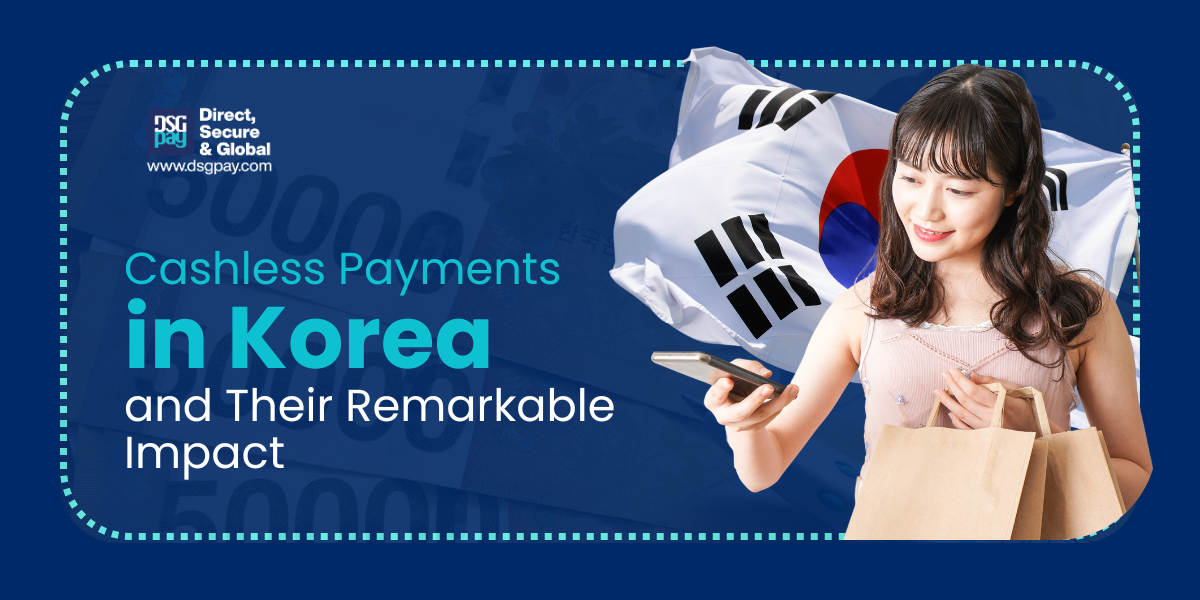Cashless payments in Korea are becoming increasingly popular. In the land of high-speed internet and innovative technology, South Korea is leading the charge into the cashless future. The Asian powerhouse is well on its way to becoming a cashless society, with many digital payment options transforming everyday transactions. Join us as we explore this fascinating transition and the popular payment methods leading the charge for cashless payments in Korea.
The Shift to Cashless Payments in Korea
With an impressive 96% smartphone penetration rate, South Korea has a solid foundation for digital transactions. The government’s push towards a cashless society and the rise of FinTech firms offering innovative payment solutions have further accelerated the shift from cash to digital payments.
Popular Cashless Payment Methods

Various cashless payment methods are competing for the top spot in South Korea’s market, each with its unique features and user benefits. Here’s a look at some of the top contenders:
Mobile Payments
Mobile payment apps like KakaoPay, Naver Pay, and Samsung Pay have gained widespread popularity. These platforms offer seamless, quick, and secure transactions, gaining favour with tech-savvy South Koreans.
Digital Wallets
Digital wallets like Toss and Payco have been game-changers. They offer an all-in-one platform for various financial services. Users can transfer money, pay bills, purchase items, and even invest, all within the same app.
Contactless Cards
Even plastic cards have gone digital with NFC technology. Cards like the transportation card T-money can be used not only for transit but also for small-value transactions at convenience stores and vending machines.
Implications for Society and Economy
The surge of cashless payments has significant implications for South Korea’s society and economy. These changes touch on various aspects, including convenience, cost-efficiency, and financial inclusion.
Convenience
The shift towards cashless payments means consumers can make transactions quickly and effortlessly, enhancing their overall purchasing experience. With digital payment methods such as mobile apps, QR codes, and contactless cards, payments can be made with just a click or a tap. This ease of use saves time for consumers, reducing the need to carry cash and making day-to-day transactions more seamless. This convenience also extends to online shopping, where digital payments enable quick checkouts and reduce the friction of entering card details repeatedly.
Cost-Efficiency
Cashless payments bring cost-efficiency to both businesses and consumers. For businesses, the reduction in cash handling and processing costs is significant. Managing cash involves expenses related to security, transportation, and processing. By moving to digital payments, businesses can cut these costs and improve their bottom line. Additionally, digital payments often come with lower transaction fees compared to traditional credit card processing fees. For consumers, the efficiency of digital payments can translate into savings, as businesses might pass on some of these cost savings through lower prices or discounts.
Increased Financial Inclusion
One of the most profound benefits of cashless payments is the increase in financial inclusion. Digital payment platforms are often more accessible to a broader population, including those who do not have traditional bank accounts. Mobile payment solutions and digital wallets provide an entry point for individuals who might be excluded from the formal banking sector. This inclusion helps integrate more people into the financial system, allowing them to participate in economic activities, save money, and access credit. In turn, this can stimulate economic growth and reduce poverty levels, contributing to a more inclusive society.
The Challenges Ahead

Despite the rapid growth, the transition to a fully cashless society is not without its challenges. These include enhancing security to prevent data breaches and fraud, safeguarding user privacy, and ensuring digital inclusivity for all sections of society.
Future of Cashless Payments in South Korea
The future of cashless payments in South Korea looks bright. With the government’s continued support and the ever-growing popularity of digital payment platforms, the cashless revolution is only set to grow. South Korea’s payment revolution is a testament to the power of technology in transforming everyday life. With convenience and efficiency at the forefront, digital payment methods are fast becoming the new normal, shaping the future of financial transactions in South Korea and beyond.
If you want to learn more about everything related to digital payments, contact us today.



